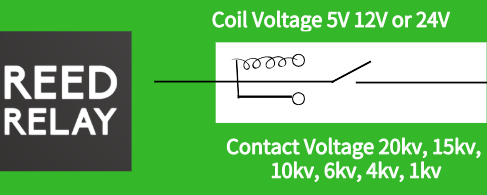A surface-mount reed relay (SMD reed relay) is a type of reed relay that is designed to be mounted on a surface mount printed circuit board (PCB). SMD reed relays are typically smaller and have fewer internal components than through-hole reed relays, making them easier to solder and assemble. They are also less likely to cause damage to the PCB during assembly.
SMD reed relays are available in a variety of configurations, including single-pole, double-pole, and double-throw. They can also be used in a variety of applications, including automotive, industrial, and medical.
The main advantage of SMD reed relays is their small size and ease of assembly. They are also less likely to cause damage to the PCB during assembly. However, they can be more expensive than through-hole reed relays.
Here are some of the features of SMD reed relays:
- Small size: SMD reed relays are typically smaller than through-hole reed relays, making them easier to solder and assemble.
- Fewer internal components: SMD reed relays typically have fewer internal components than through-hole reed relays, making them less likely to cause damage to the PCB during assembly.
- Variety of configurations: SMD reed relays are available in a variety of configurations, including single-pole, double-pole, and double-throw.
- Variety of applications: SMD reed relays can be used in a variety of applications, including automotive, industrial, and medical.
Here are some of the applications of SMD reed relays:
- Automotive: SMD reed relays are used in a variety of automotive applications, including power windows, door locks, and fuel injection systems.
- Industrial: SMD reed relays are used in a variety of industrial applications, including process control, safety interlocks, and machine tool control.
- Medical: SMD reed relays are used in a variety of medical applications, including patient monitoring, medical imaging, and surgical equipment.
SMD series Reed Relay: SMD-1A05 SMD-1A12 SMD-1A24
